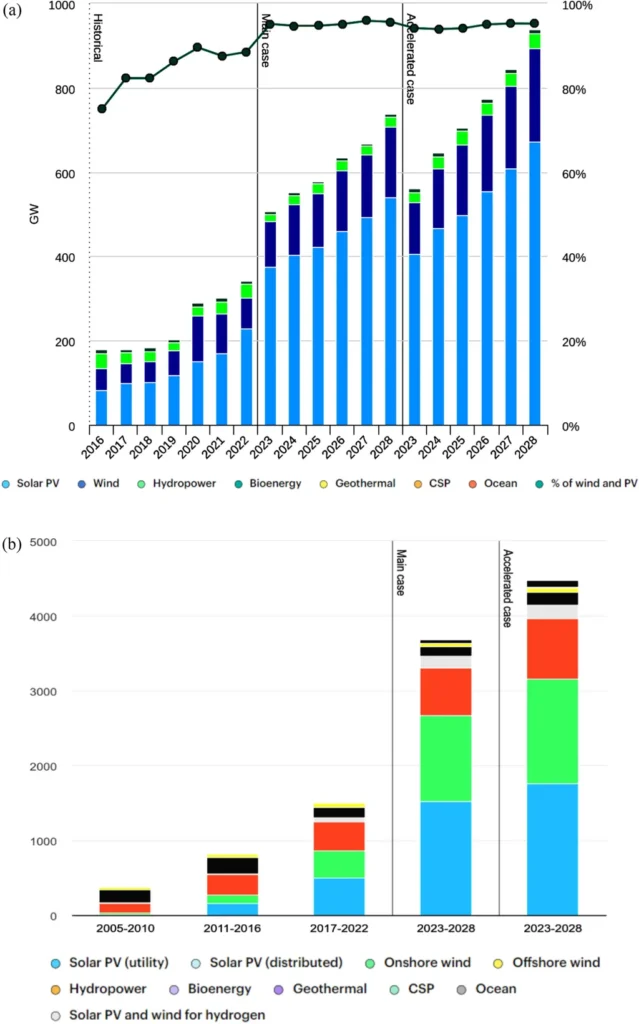In the ever-evolving landscape of renewable energy, managing the intermittency of wind power has been a persistent challenge for grid-connected microgrids. A groundbreaking study led by Wenyuan Sun from the National Key Laboratory of Automotive Chassis Integration and Bionics at Jilin University in China, published in the journal *Energies*, offers a promising solution. The research introduces a two-stage robust optimization model that leverages deep learning to enhance the management of multi-energy microgrids, potentially revolutionizing the energy sector.
The study addresses the inefficiencies of current prediction models for electricity, heat, gas, and hydrogen microgrids, which struggle to account for all eventualities. Sun and his team propose a novel approach using Bidirectional Temporal Convolutional Networks (BiTCN) and Transformer prediction models. “Our model extracts implicit wind speed and wind power output sequences from historical data and uses the attention mechanism for point prediction,” Sun explains. This innovative method significantly improves the accuracy of wind power forecasting, with a Mean Absolute Error (MAE) of 1.3512 and an R² value of 0.9683, demonstrating its efficacy and reliability.
The research further explores the application of this prediction model in two typical scenarios: high wind power and low wind power. The findings reveal that the total system cost and carbon emission cost in the low wind scenario are 283% and 314% higher than in the high wind scenario, respectively. This underscores the critical need for a significant percentage of renewable energy to ensure microgrid stability.
The proposed optimization model not only enhances renewable energy use and emissions reductions but also lowers microgrid operating costs and improves system reliability. “This model is a game-changer for the energy sector,” Sun states. “It provides a robust framework for managing multi-energy microgrids, making them more efficient and sustainable.”
The implications of this research are far-reaching. By improving the predictability and manageability of renewable energy sources, the model can facilitate the integration of more renewable energy into the grid, reducing reliance on fossil fuels and lowering carbon emissions. This is particularly relevant in the context of carbon trading mechanisms, where accurate predictions and efficient management can lead to significant cost savings and environmental benefits.
As the energy sector continues to evolve, the adoption of such advanced technologies will be crucial in achieving a sustainable and resilient energy future. The study by Sun and his team represents a significant step forward in this direction, offering valuable insights and tools for energy managers, policymakers, and researchers alike. With the publication of this research in the journal *Energies*, the energy community now has a robust framework to enhance the management of multi-energy microgrids, paving the way for a more sustainable and efficient energy landscape.

